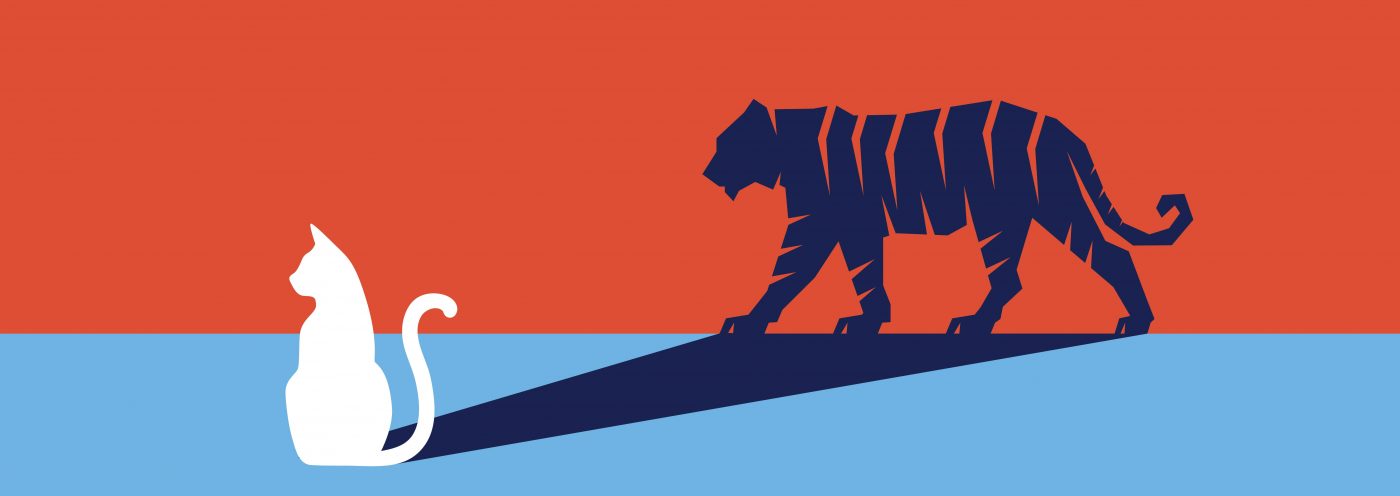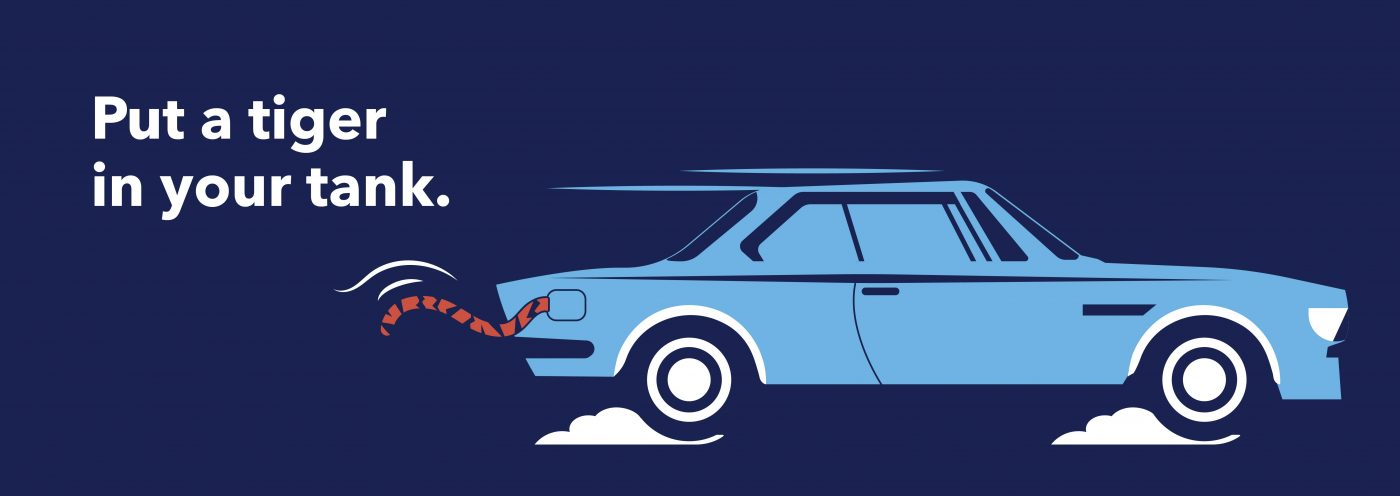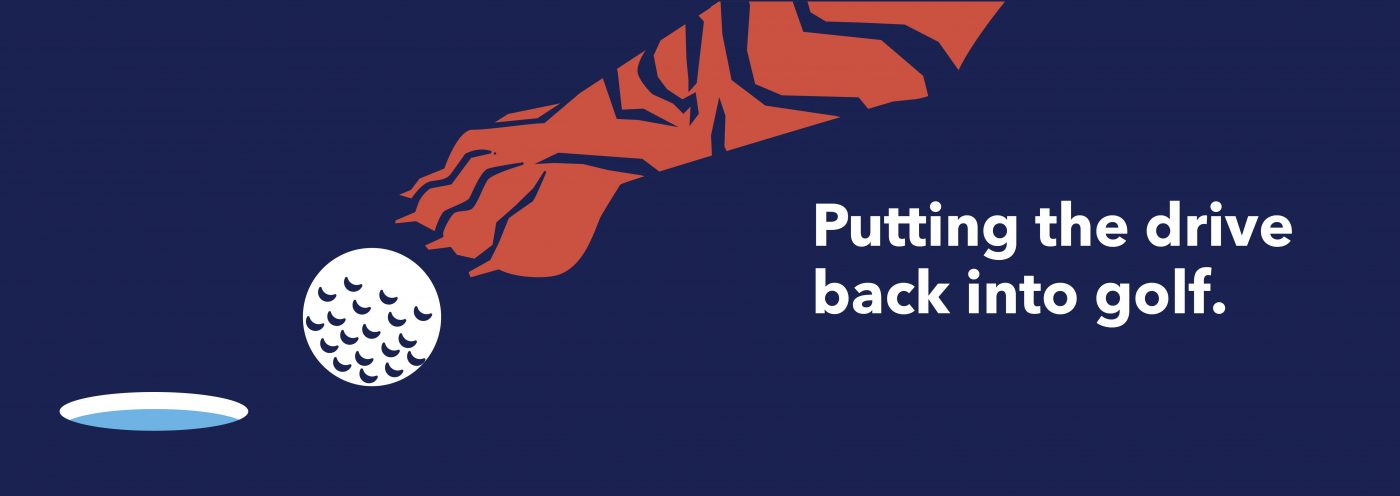France
Paris
Switch to your local agency
Retour au menu
Apart from distinctive stripes and a penchant for swimming, a tiger has many other strings to its bow. It can, for example, boast about belonging to the biggest species of cat in the world.
Given its striking stature, along with the noble connections of the Royal Bengal breed, a tiger might be forgiven for feeling a bit miffed about not being known as the “King of the jungle.”
That could, of course, be because some, like the Siberian variety, choose to hang out on snowy peaks. Fanatics might even dare to say that tigers make some of their distant African, plain-coated relatives look a little weak.
Size matters, and, when it comes to felines, the tiger steals the crown for being king of the world, not just of a few trifling tropics. So, read on to find out more about how and why these giant cats have become such irresistible subjects for storytellers, not to mention useful symbols for advertisers.

Tigers may be majestic, powerful and handsome, but they have a dark side too. Artists like Abba and Survivor have sold many millions of records about the danger of messing with these growling mega-moggies or people who display some of their characteristics.
It’s a familiar theme that goes way back in time. In 1794, William Blake’s contemplative poem, “The Tyger,” explored the duality between aesthetic beauty and primal ferocity.
The work was published as part of his “Songs of Experience,” but the original tunes for Blake’s poems have long been lost. Countless musicians from Benjamin Britten to Duran Duran have tried to create their own versions of the melodies ever since.
Part of mankind’s inner struggle is based on the concept of the contrary nature of things, Blake believed. Tigers were useful motifs to make the point. Employing a similar technique, Yann Martel features a tiger in “Life of Pi,” making the big cat a central character in the spiritual journey he maps out.
In a mix of humor and symbolism, Richard Parker, Martel’s tiger, is named after the man who’d captured him. It was all apparently due to a clerical mix-up at a zoo with the hunter assuming the tiger’s real name, Thirsty. For the sake of argument, Richard Parker represents what the reader chooses to believe.

When it comes to the most enduring commercial catchphrases ever, tigers have proved to be most definitely worth it. Take “Put a tiger in your tank” as a classic example.
True, it may no longer appear on billboards but it’s stood the test of time. Even if the brand that the slogan was promoting may now be hard to recall, the meaning is still clear as day: using Esso fuel would add some “va va voom” to your driving experience.
In the ‘60s, there was a rush on the fake tiger tails (now collectors’ items) available at participating Esso gas stations as millions of motorists hung them on their fuel caps as mementos. ‘They’re g-r-r-eat,” you might even imagine Tony the Tiger exclaim while munching through his morning bowl of energy-boosting Frosties.
(Incidentally, such was his resemblance to his Esso cousin that, in the ‘90s, Tony was at the center of a legal cat fight between Kellogg’s and the oil giant, by then Exxon Mobil).
Esso’s tiger was cute and cuddly. He served as an ambassador of post-war optimism after years of shortages. Easily identifiable, he gave a face to a product for which brand identity has always been something of a challenge.

The Esso tiger is symbolic of what we could refer to as the Tiger Woods effect these days. Our sporting hero gave such a boost to golf that the game‘s now become synonymous with maximum athletic prowess.
Metaphorically speaking, he rubbed some much-needed tiger balm into a sport that had for far too long been dominated by white, middle-aged, pot-bellied men. The epic power ballad, “Eye of the tiger,” would now not feel out of place over the opening TV titles of the U.S. Open.
Despite one or two shortcomings off the course, our golfing superstar brought some refreshing beef, brawn and boldness to the fairway. And, the tiger effect has even swept through countries of SouthEast Asia that are experiencing a fiscal boom. The sheer muscle mass, speed and grace of these big cats are part of the reason we’ve coined the term “tiger economy.”

It’s also why tigers are a photographer’s dream. In more recent years, live-action tigers filmed by expert cameramen were used to illustrate the power and energy of Esso fuel.

A modern example therefore of the contrasting themes William Blake made about the big cats is that, back in the day, Esso’s tiger looked so different: like a character from Winnie-the-Pooh, in fact.
Let me introduce you.
“Glad to meet ya. Name’s Tigger. T-I-double guh-er! That spells Tigger,” said Tigger. “Climbing trees? Why, that’s what Tiggers do best! Only Tiggers don’t climb trees, they bounce ’em!”
Basing him on one of his son’s stuffed toys, A. A. Milne made Tigger a symbol of over-enthusiasm and bounciness. The fictional character is similar to one of those Jim Carrey-like friends a lot of us have that we both adore and sometimes wish had an “off” switch we could flip.
Nonetheless, many of us could probably do with a little optimism at the moment. It’s then perhaps highly appropriate that 2022 is the Chinese “Year of the Tiger.”
Here’s to a year filled with a bit of well-deserved tiger-like fearlessness and chutzpah to get us through the difficult times.

This article was written by Sara Jones, Creative Director, New York.
The next Design Series article will be written and illustrated by CBA Design Director, Chris Martin!
Privacy Overview
| Cookie | Duration | Description |
|---|---|---|
| aka_debug | This cookie is set by the provider Vimeo.This cookie is essential for the website to play video functionality. The cookie collects statistical information like how many times the video is displayed and what settings are used for playback. | |
| pll_language | 1 year | This cookie is set by Polylang plugin for WordPress powered websites. The cookie stores the language code of the last browsed page. |
| Cookie | Duration | Description |
|---|---|---|
| _gat | 1 minute | This cookies is installed by Google Universal Analytics to throttle the request rate to limit the colllection of data on high traffic sites. |
| YSC | session | This cookies is set by Youtube and is used to track the views of embedded videos. |
| Cookie | Duration | Description |
|---|---|---|
| _ga | 2 years | This cookie is installed by Google Analytics. The cookie is used to calculate visitor, session, campaign data and keep track of site usage for the site's analytics report. The cookies store information anonymously and assign a randomly generated number to identify unique visitors. |
| _gid | 1 day | This cookie is installed by Google Analytics. The cookie is used to store information of how visitors use a website and helps in creating an analytics report of how the website is doing. The data collected including the number visitors, the source where they have come from, and the pages visted in an anonymous form. |
| vuid | 2 years | This domain of this cookie is owned by Vimeo. This cookie is used by vimeo to collect tracking information. It sets a unique ID to embed videos to the website. |
| Cookie | Duration | Description |
|---|---|---|
| IDE | 1 year 24 days | Used by Google DoubleClick and stores information about how the user uses the website and any other advertisement before visiting the website. This is used to present users with ads that are relevant to them according to the user profile. |
| test_cookie | 15 minutes | This cookie is set by doubleclick.net. The purpose of the cookie is to determine if the user's browser supports cookies. |
| VISITOR_INFO1_LIVE | 5 months 27 days | This cookie is set by Youtube. Used to track the information of the embedded YouTube videos on a website. |
| Cookie | Duration | Description |
|---|---|---|
| CONSENT | 16 years 7 months 21 days 10 hours | No description |
| cookielawinfo-checkbox-functional | 1 year | The cookie is set by GDPR cookie consent to record the user consent for the cookies in the category "Functional". |
| cookielawinfo-checkbox-others | 1 year | No description |